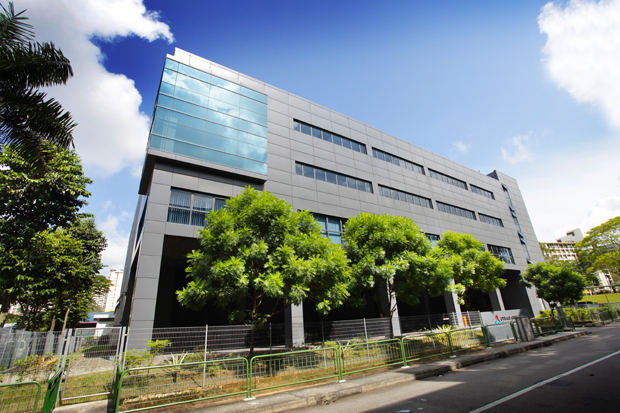
Yangzijiang shares price has risen about 20% in the bast 2 weeks and about 30% from its low of 80 cents. Is there still meat left, or should we start taking profits?
Well, I have no idea if the market will correct tomorrow or YZJ will be sold down over the next few weeks, I know I bought into this company waiting for a turnaround, and the cycle is far from the peak.
A few indicators:
BDI low: 660, Current BDI: 1860, BDI Peak: >11000
Orderbook:

Global orderbook is dropping not increasing, although deliveries are still high.
China shipyards consolidation is still going on, building capacity is being controlled.
We are talking about market cycle here, I do not think we are anywhere near the peak, although we might be leaving the bottom behind us. I would definitely not try to get off at the peak, that would be impossible, but maybe when orderbook starts to build up again, and BDI is in the 6000 range perhaps?
(
http://www.hellenicshippingnews.com/News.aspx?ElementId=e0e466d6-1768-4c08-9178-20e4719aaeb9)
Latest news (20-9); China shipbuilding orderbook is actually already increasing, it was "72 million deadweight tonnages (dwt) of orders for new vessels year-to-date, exceeding the 54 million dwt of orders last year."
Lets talk about industry trend, if I have been reading correctly, eco-ships, mega-container ships and LPG carriers are all the "in" things in the industry now. YZJ has been building eco-design bulk carriers for several years now, there are many skeptics about such technology and whether if its value for money. Well, I take comfort in the following quote:
quote from
http://www.carisbrookeshipping.net/newsa...=240&src=:“At GL we see the EEDI as a powerful driver of innovation within the maritime industry, both in terms of shipyards and designers focusing more on energy efficiency and taking advantage of new computational tools and ship owners who now have a clear guide to rely on in ordering new ships,” said Dr Pierre C. Sames, SVP Research and Rule Development of GL Maritime Services. “Our calculations show that these new vessels are some 30% below the reference EEDI line, which is a reflection of the commitment that Carisbrooke has made to invest in an
extremely efficient vessel.”
And YZJ build those ships(Carisbrook is a major customer of YZJ), there are some comments online that chinese yards claim of energy efficiency level are scam, that should put that to rest. There are also views that eco-ships technology will leap and bound in the years ahead, so the ships build currently, might not be as efficient as those in the future, this is one risk, I think I have to bear. As for LPG carriers, YZJ in a interview with The Edge, mentioned about negotiating for such deals, was rather disappointed that the recent update of ship building contracts did not include those.
Now, lets talk about YZJ itself.
I have shared a lot about YZJ numbers, and also the risk and merits of this counter through a guest blog at ASSI, I have a hunch visitors of my humble blog are diverted from there, so I shall not repeat what is said there. Instead, I would like to talk about management.
I learn about 3R approach from Yeoman capital management through the valuebuddies forum, and the concept of right people have stuck in my head since. (
http://www.yeomancap.com/images/Yeoman-FundPresen-Jun13.pdf)
We want executives of the companies to own shares of the company, YZJ's chairman Ren Yuanlin owns 26% of the company. That does not look like a lot or significant at first glace, but if you study YZJ history, the company is not build solely by Ren Yuanlin, it underwent several acquisitions and/ or mergers before it current form. The pioneers of the various shipyards are the executive directors of the company now. The Top 3 stake holders, are Ren Yuanlin, Xiang JIanJun & Wang Dong, and Chang Liang, who combined stake amount to some 45% of the company, are all executives of the company. Another non-executive director Yu Ke Bin holds some 54,876,000 shares, a 1.43% stake of the company and is the 11th largest shareholder
Even lead independent director from SIngapore, Teo Yi-Dar own a small stake of 150,000 shares.
So, YZJ is definitely not a "nobody child"
For the last 4 years, the remuneration of the directors and top executives have remained unchanged. Although details are lacking, but not exceeding 250k for directors and not exceeding 150k for top executives for the past 4 years do not come across to me as exorbitant.
Then how have they been treating shareholders?
They have been giving increasing dividends since IPO, with the only fall in dividends from 5.5 cents to 5 cents in 2012, but payout ratio is consistent at around 30%, 2012 is the highest at 30%. I would say they have been rather fair to shareholders thus far.
Also, when the shares were trading at a low of around 77 cents in 2011, YZJ did rather massive shares buyback.
When I first bought YZJ, many frowns, now there is a flurry of research reports for buy calls. Many now seems to think that YZJ will win a lot more orders and even orders of fatter margins. For me, I do not count the eggs before they are hatched. I will only take confirmed order book as calculation. So, if you are purely looking at existing orderbook and margins of existing contracts, YZJ look fairly valued at this point, and not actually a screaming buy. But if you are patient to wait for the industry to turn, it should sail forward with fatter margins.
But because it is a cyclical, remember to get off the boat before it is too late. But its too early for that, I will sit back and enjoy the ride as long as nothing fundamentally changes.

























